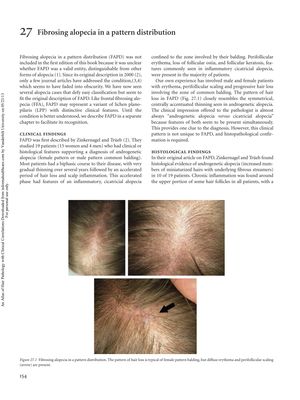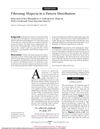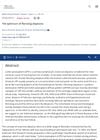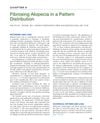Fibrosing Alopecia in a Pattern Distribution
April 2012
in “
Informa Healthcare eBooks
”
fibrosing alopecia in a pattern distribution FAPD lichen planopilaris LPP erythema perifollicular scaling progressive hair loss androgenetic alopecia cicatricial alopecia miniaturized hairs vacuolar interface alteration follicular epithelium perifollicular lymphocytic inflammation scalp inflammation fibrosing alopecia pattern hair loss redness scaling hair thinning male pattern baldness scarring alopecia shrunken hairs inflammation

TLDR Fibrosing alopecia in a pattern distribution is a unique hair loss condition with inflammation and scarring, resembling but distinct from common balding.
The document discusses Fibrosing alopecia in a pattern distribution (FAPD), a condition that was not included in the first edition of the referenced book due to uncertainties about its validity as a distinct entity. FAPD, first described in 2000, has been observed in cases that defy easy classification but fit the original description of the condition. It may be a variant of lichen planopilaris (LPP) with distinctive clinical features, such as erythema, perifollicular scaling, and progressive hair loss in the zone of common balding, resembling androgenetic alopecia. Histologically, FAPD shows evidence of cicatricial alopecia with increased numbers of miniaturized hairs, vacuolar interface alteration of the follicular epithelium, and perifollicular lymphocytic inflammation. The original study by Zinkernagel and Trüeb included 19 patients (15 women and 4 men) with clinical or histological features of androgenetic alopecia, who also exhibited an accelerated phase of hair loss with scalp inflammation. The histological findings of FAPD are similar to LPP, but the document suggests that FAPD may specifically target hairs undergoing miniaturization in androgenetic alopecia. The document concludes that while FAPD shares features with common balding, it also presents with diffuse erythema, perifollicular scaling, and histological evidence of cicatricial alopecia, distinguishing it from other forms of alopecia.






